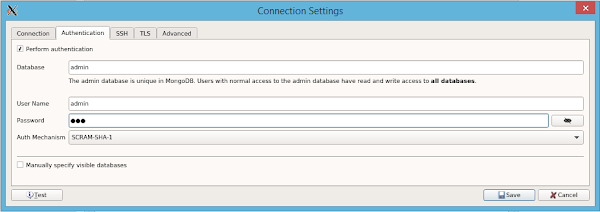
The command above will create a new slangbucket directory with some boilerplate files. Next, go ahead and create the Slang Bucket app like so: meteor create slangbucket At the time of this writing, Meteor's latest version is 1.6. The command above will install the latest version of Meteor. Windows users can install Meteor like so: choco install meteor Linux and Mac users can run the following command in the terminal to install Meteor: curl | sh Users will be able to add and delete slangs from the bucket. The Slang Bucket is a mini version of Urban Dictionary. This app will allow users to add all sorts of slangs with their respective meanings. In this tutorial, we'll build a simple application called Slang Bucket. However, any sensitive code that you don’t want to be served to the client, such as code containing passwords or authentication mechanisms, should be kept in the server / directory. The business logic is typically placed in the client /imports /api directory. The view logic is typically placed in the client /imports /ui directory.īusiness Logic Layer: In Meteor, the client and server directories exist. These files contains the view logic that accesses the Mongo Schemas. View Layer: In a typical framework, the view simply presents data to the screen. The data layer is typically stored in MongoDB. "Meteor uses the Publish and subscribe model."ĭata Layer: This is the data access layer. In a typical framework architecture, there exists a separation of concern of functionalities presentation, business, and data access realm. Check out this excellent article on how publications and data loading works in Meteor. Meteor uses the Publish-Subscribe pattern. You can then run mongod from the terminal to start up the MongoDB service on your machine. To avoid micromanaging from the terminal, I'll also recommend installing a MongoDB GUI, Robo 3T, formerly known as RoboMongo. If you are using a Mac, I'll recommend following this instruction.


In Meteor, you create publication endpoints that can push data from server to client. Real-time Feature: Meteor is built from the ground up on the Distributed Data Protocol (DDP) to allow data transfer in both directions.Authentication: Meteor ships with session management and authentication features out of the box.It ships with many features that make it worth considering when looking for a framework for your next project. A few of them are Favro - a collaboration app, Reaction commerce - OSS platform for e-commerce sites, Oculus Health and Game Raven - An online gaming community. There are several websites and applications that run on Meteor. In addition, there is a community-curated list of meteor packages and resources on GitHub known as Awesome Meteor. Currently, there is a discussion forum, Stack Overflow channel, and Atmosphere - a repository of community packages.

Meteor as a JavaScript platform has built a community around it over the years. The MDG group also manages Apollo, the flexible production ready GraphQL client for React and Native apps. They are friends of the open source community. Meteor is a project backed by the Meteor Development Group company. It allows you develop in just one language, JavaScript, in all environments: server, web, and mobile. Meteor provides a suite of technologies for building connected-client reactive applications, APIs, and a curated set of packages from the Node.js and general JavaScript community. Meteor is a full-stack JavaScript platform for developing modern web and mobile applications. TL DR: In this tutorial, I'll show you how easy it is to build a real-time web application with Meteor.


 0 kommentar(er)
0 kommentar(er)
